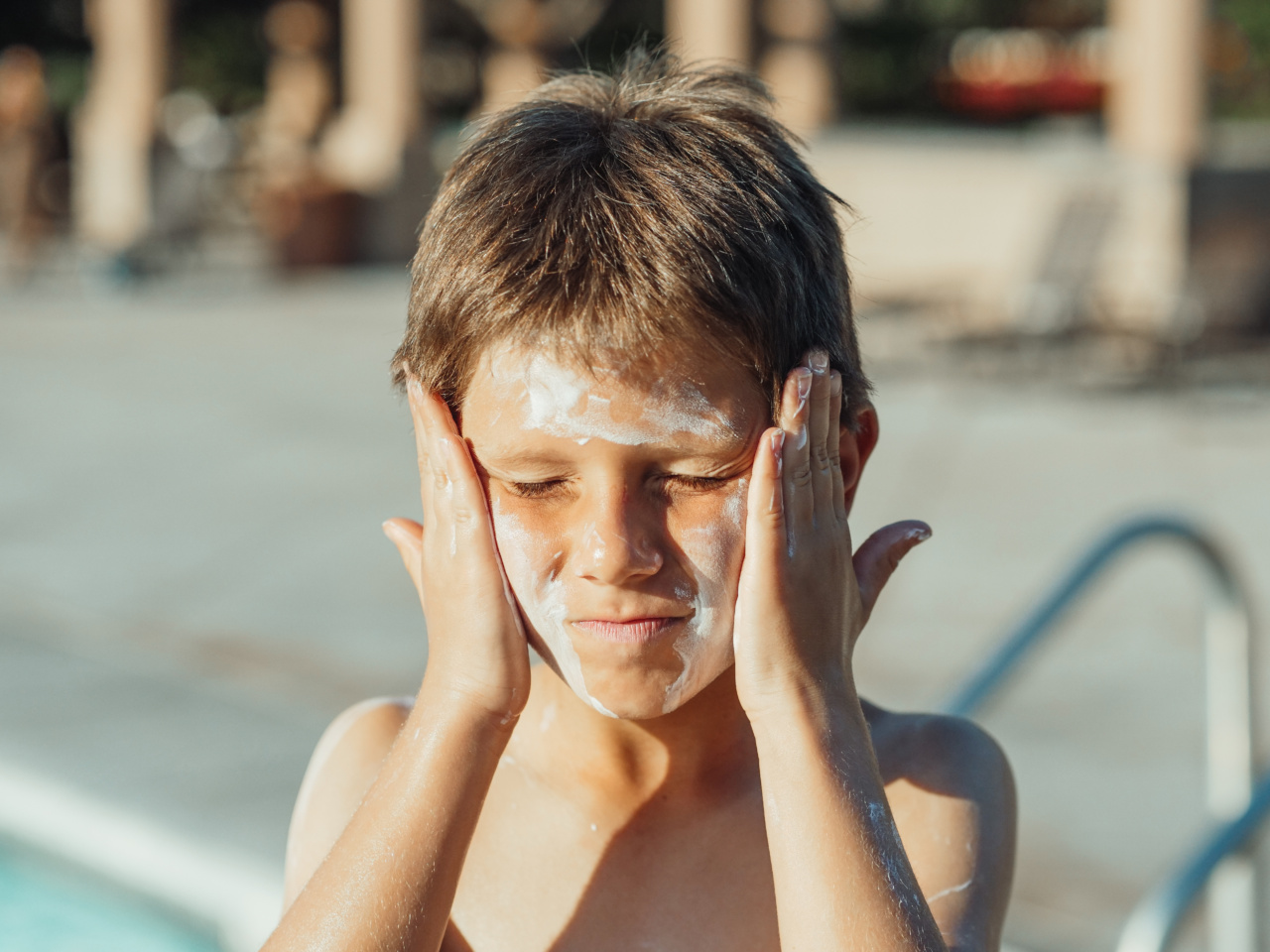Protecting your skin from the harmful effects of the sun is essential, and that includes safeguarding the delicate skin around your eyes. The skin in this area is particularly thin and prone to damage.
Sunscreen is a crucial part of any skincare routine, but when it comes to applying sunscreen around the eyes, a few dos and don’ts should be followed to ensure optimal protection without causing any irritation or harm. Let’s explore the proper techniques and precautions for eye sunscreen application.
1. Choose an Eye-Friendly Sunscreen
Not all sunscreens are suitable for use around the eyes. Look for a sunscreen specifically formulated for the sensitive skin in this area. These sunscreens are typically fragrance-free, hypoallergenic, and non-irritating.
Make sure to read the labels and look for products that are safe for use around the eyes.
2. Apply Sunscreen 15-30 Minutes Before Sun Exposure
For sunscreen to be effective, it needs time to absorb into the skin. Apply eye-friendly sunscreen at least 15-30 minutes before heading outdoors.
This allows the protective ingredients to bond with the skin and provide the desired level of sun protection.
3. Use Sunscreen with a Minimum SPF of 30
When it comes to protecting your eyes from the sun’s harmful rays, opt for a sunscreen with a sun protection factor (SPF) of at least 30. Higher SPFs offer stronger protection.
A higher SPF can help shield the delicate skin around the eyes from both UVA and UVB rays, minimizing the risk of sun damage.
4. Apply a Thin Layer of Sunscreen
Less is more when it comes to applying sunscreen around the eyes. Apply a thin, even layer of sunscreen using your ring finger. This finger exerts the least amount of pressure, ensuring gentle application.
Avoid rubbing or tugging the skin, as this can lead to irritation and premature aging.
5. Be Mindful of the Sunscreen’s Consistency
Avoid using thick and heavy sunscreens around the eye area, as they can clog the delicate pores. Opt for lightweight, non-greasy formulas that are easy to apply and absorb quickly.
Look for sunscreens that offer both UV protection and hydration to keep this delicate area moisturized.
6. Extend Sunscreen Application beyond the Eye Area
While the focus is on protecting the skin around the eyes, it’s vital to extend the sunscreen application to the surrounding areas as well.
The skin around the eyes is interconnected with the rest of your face, so protecting the adjacent areas will provide comprehensive coverage and shield your skin from sun damage.
7. Reapply Sunscreen Every Two Hours or Immediately After Sweating or Swimming
Sunscreen effectiveness diminishes over time, especially when exposed to sweat or water. Reapply eye sunscreen every two hours, or immediately after swimming or sweating, to maintain optimum protection.
Even if the sunscreen claims to be water-resistant, it is essential to reapply regularly for the best results.
8. Avoid Direct Sun Exposure Whenever Possible
Preventing sun damage is better than trying to reverse it. Whenever possible, avoid direct sun exposure, especially during peak hours when the sun’s rays are the strongest.
Wear a wide-brimmed hat, sunglasses, and long-sleeved clothing to add an extra layer of protection for your eyes and skin.
9. Be Gentle When Removing Sunscreen around the Eyes
Removing sunscreen from the eye area requires special care to prevent any irritation or damage. Use a gentle cleanser or makeup remover specifically designed for sensitive skin, and apply it with a soft cotton pad.
Avoid rubbing or pulling the skin, as this can cause redness and inflammation.
10. Consult an Ophthalmologist if You Have Specific Eye Concerns
If you have specific eye conditions or concerns, such as dry eyes or allergies, it’s best to consult with an ophthalmologist before applying sunscreen around your eyes.
They can provide personalized recommendations and guidance based on your specific needs.
By following these dos and don’ts of eye sunscreen application, you can give your eyes the protection they need while enjoying time outdoors. Remember, caring for your eyes extends beyond simply wearing sunglasses.
Prioritize eye sunscreen as part of your daily skincare routine to maintain healthy and youthful-looking eyes.




























